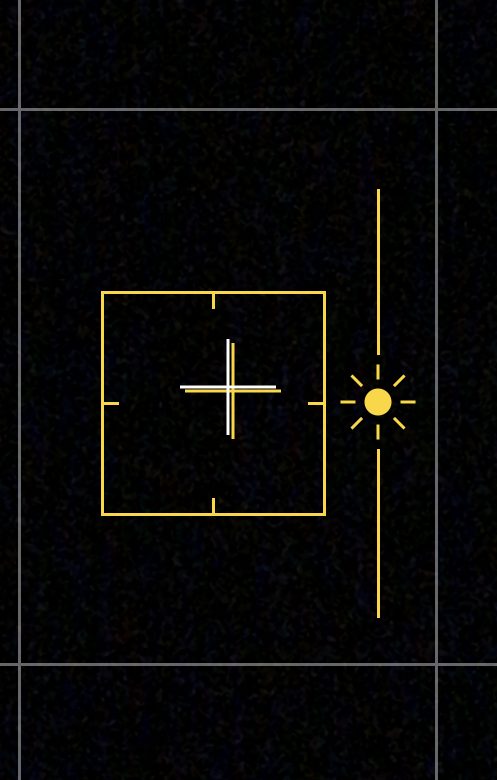First, it’s important to understand that ghost images or imprints from screen burn-in on OLED screens are fixed in position. Regardless of the current screen display, they exist semi-transparently on the screen like watermarks. If the screen displays color blocks or green lines, it indicates a hardware issue unrelated to screen burn-in.
Next, let’s explore three methods to identify screen burn-in. Regardless of the method, it’s recommended to first adjust the phone’s brightness to the maximum and conduct the check in a dimly lit environment.
Method One
Access the screen burn-in identification section on fixburnin.com. Maximize the identification window, and the screen will continuously display different grayscale. Observe the phone screen from different angles. Based on practical experience, observing the screen from a little farther away actually provides a clearer view of the burn-in. Since it’s a full-screen display, burn-in issues at the screen edges can also be identified effectively.
Method Two
Long-press and save these two images, then open them in your gallery. Enlarge the images to cover the entire screen. If there is a burn-in phenomenon on icons, you should be able to identify it with the naked eye. The boundary lines of UI (status bar) that have been displayed for a long time will also be relatively obvious. If it’s an LCD screen, you can identify areas with light leakage.


Method Three
If you have another phone, you can try this method. Due to individual differences in color sensitivity, sometimes burn-in may not be visible to the naked eye. First, save the two images from Method Two and open them. Then, activate the camera or video function on another phone, focus on the screen being tested, and adjust the camera’s exposure repeatedly until you can clearly identify the burn-in.

Conclusion
The above are three methods to check for screen burn-in. If you are currently troubled by ghost images, please try the free tool on this website.